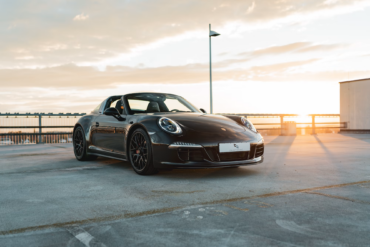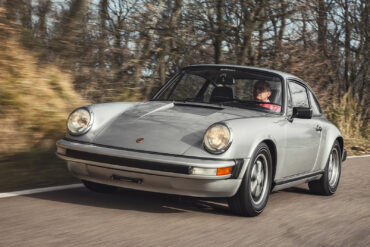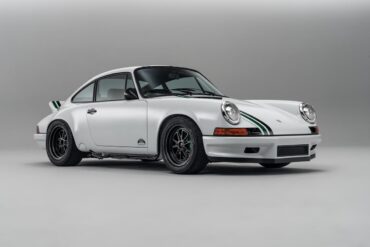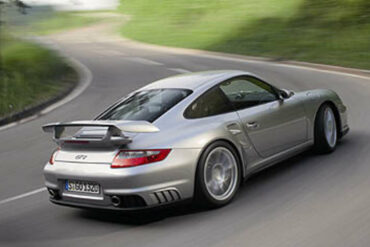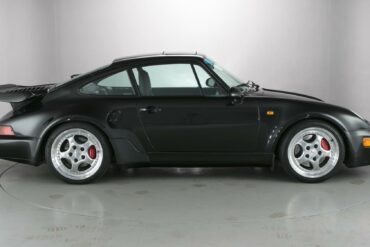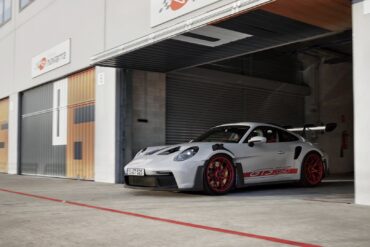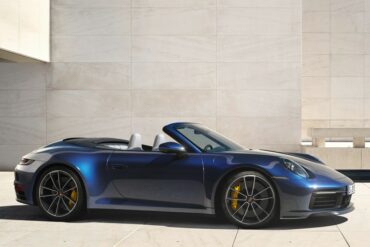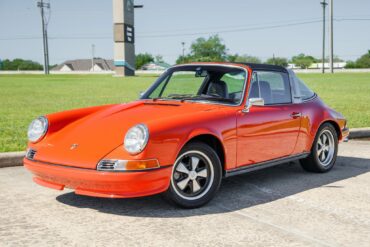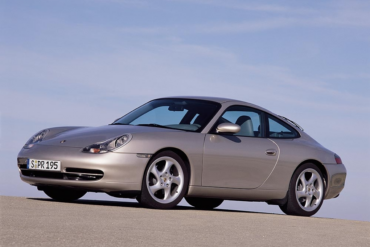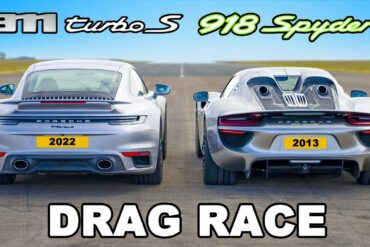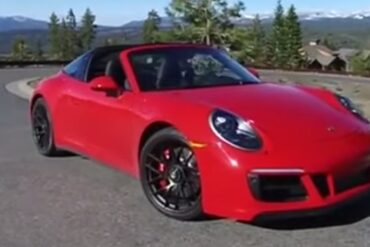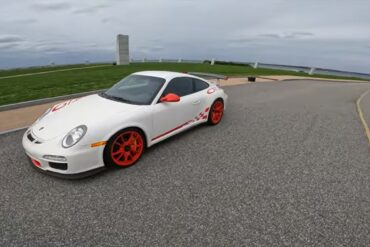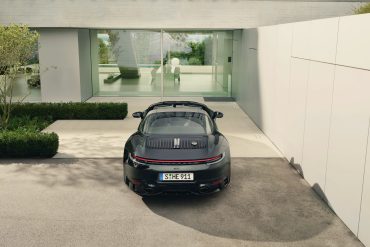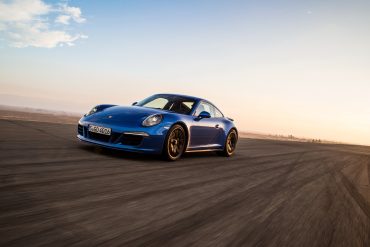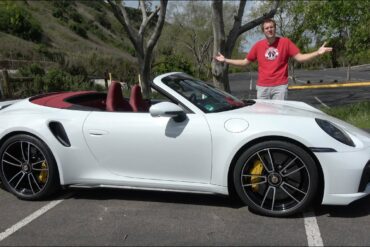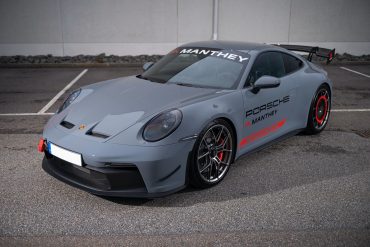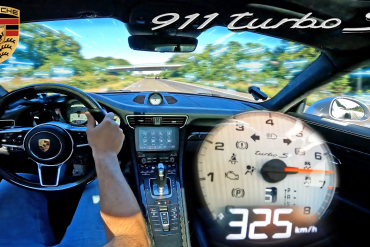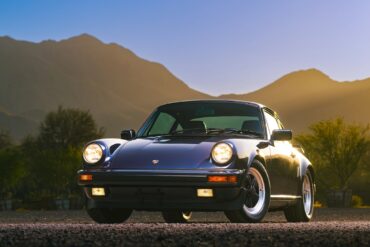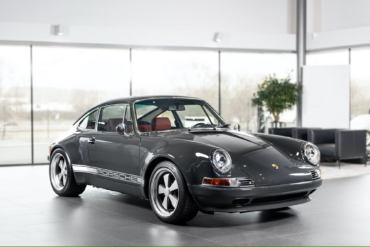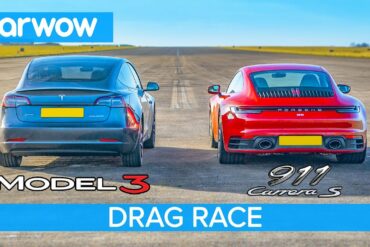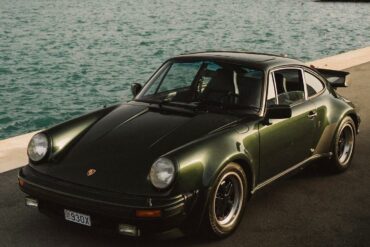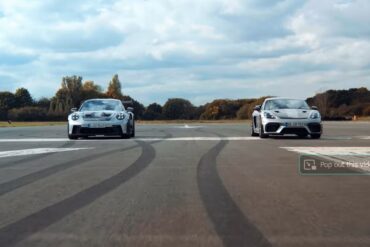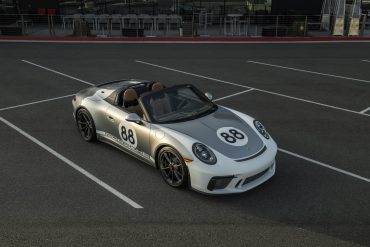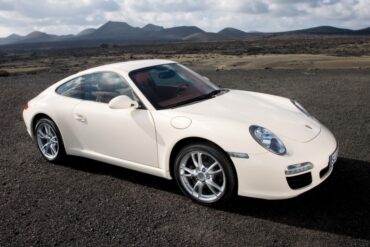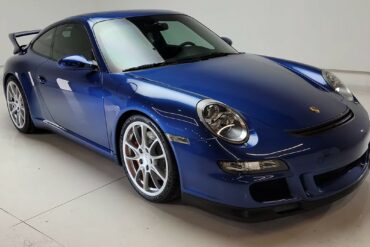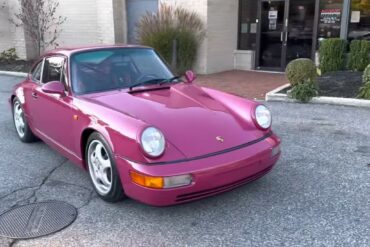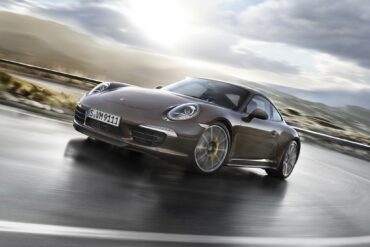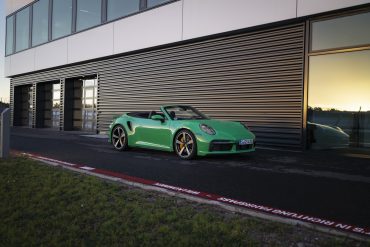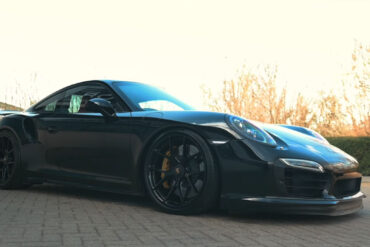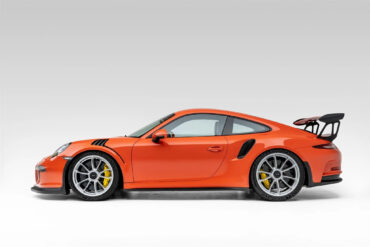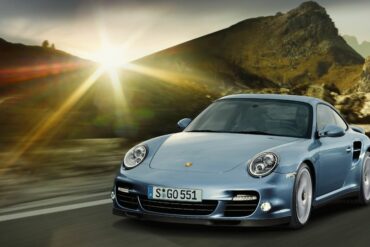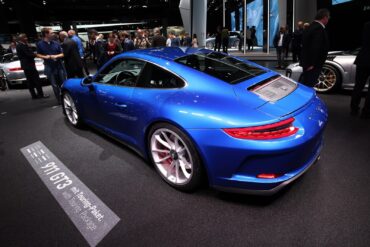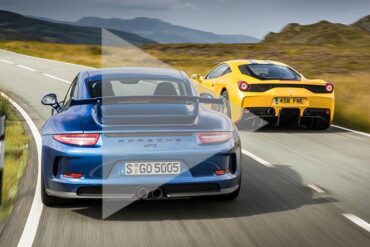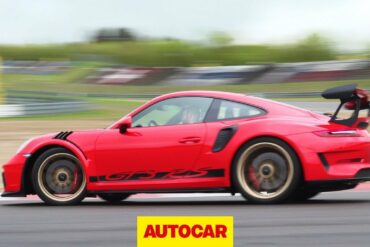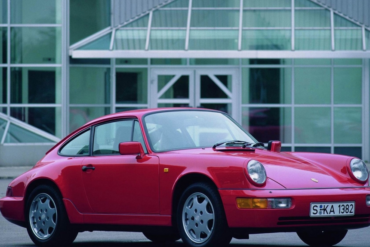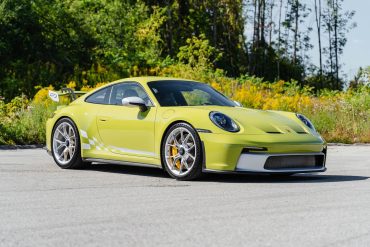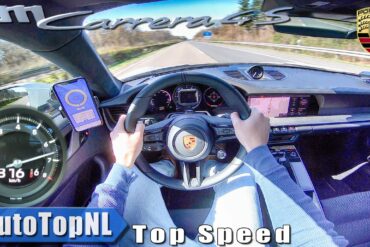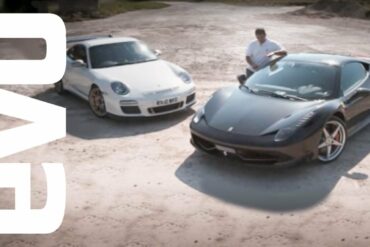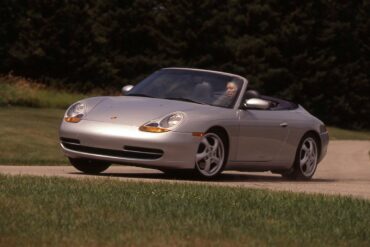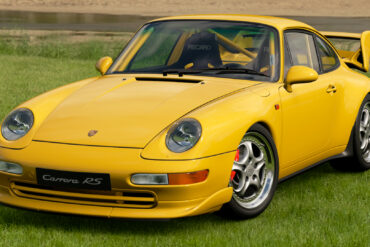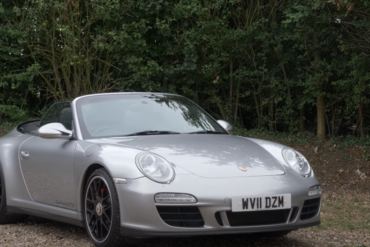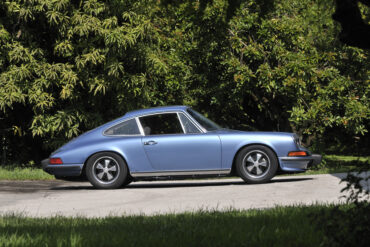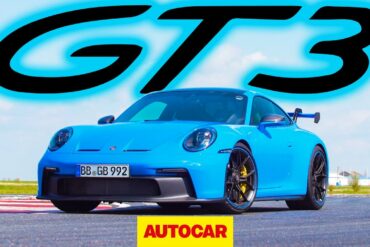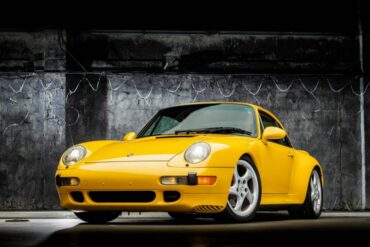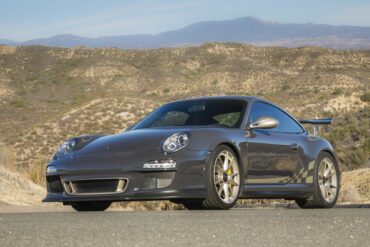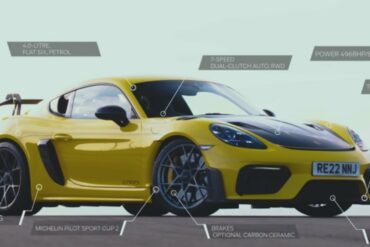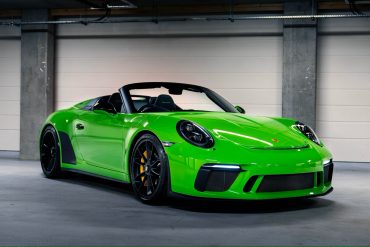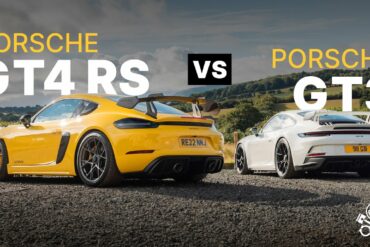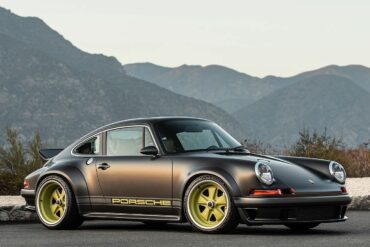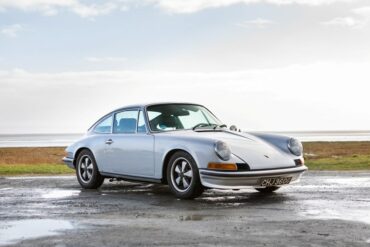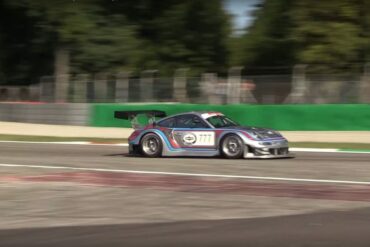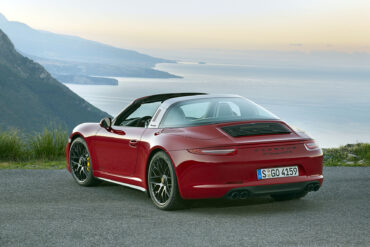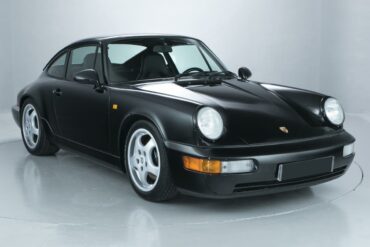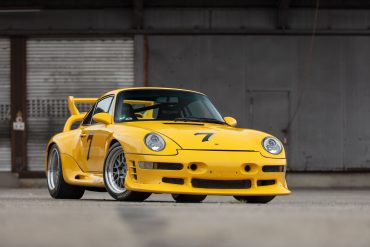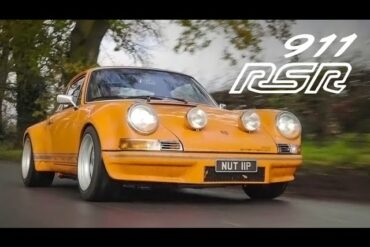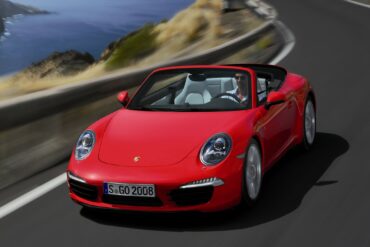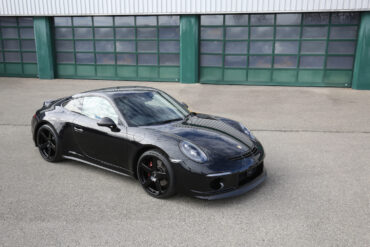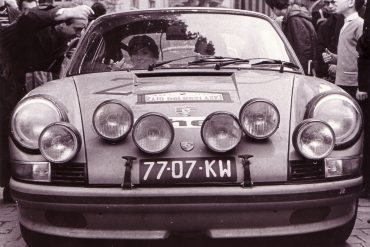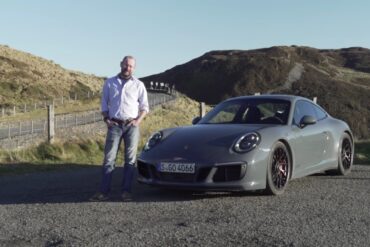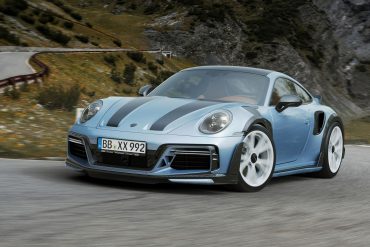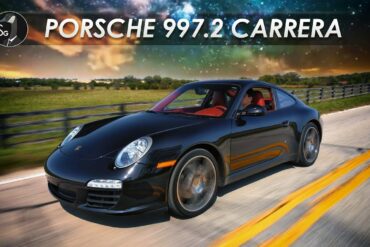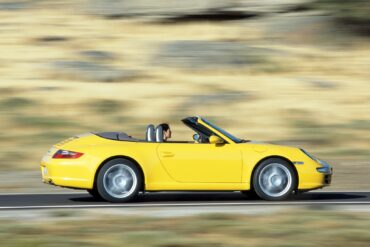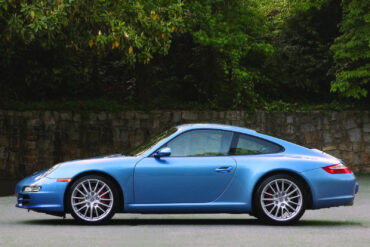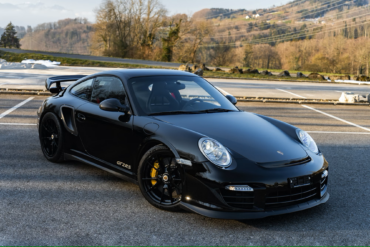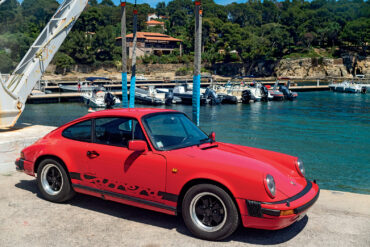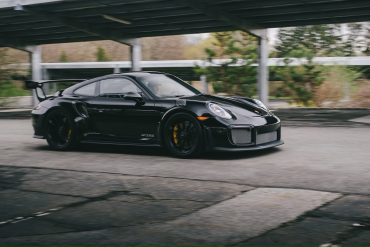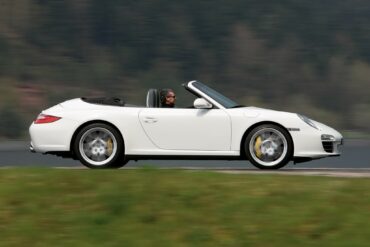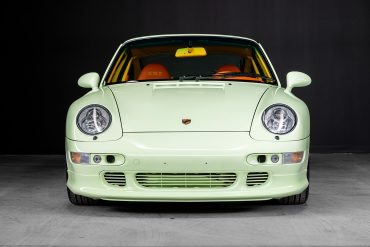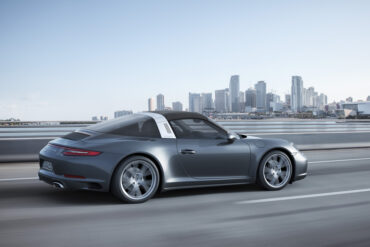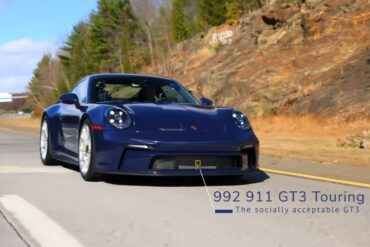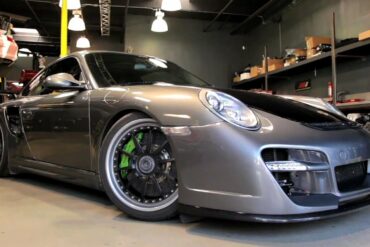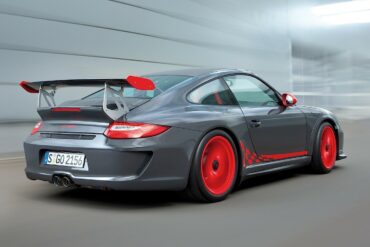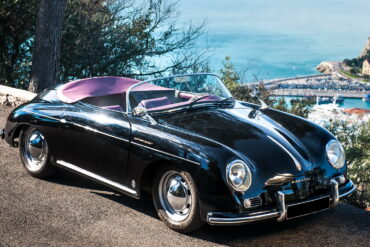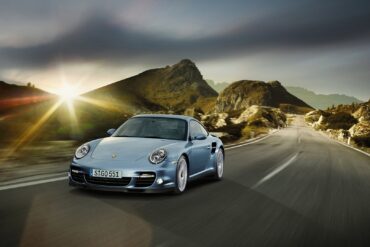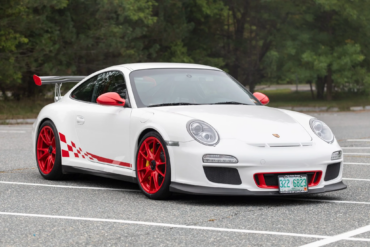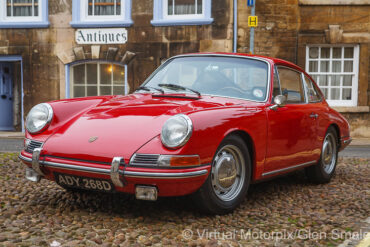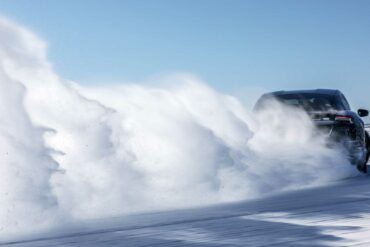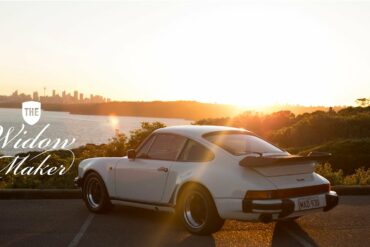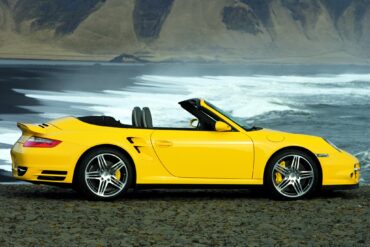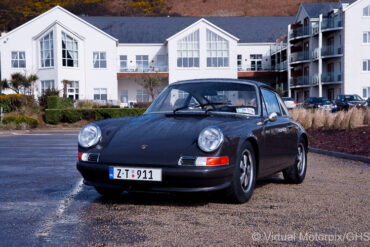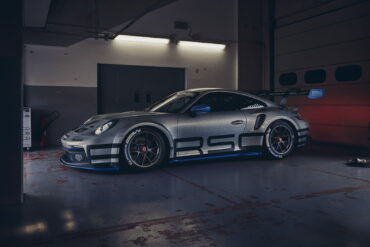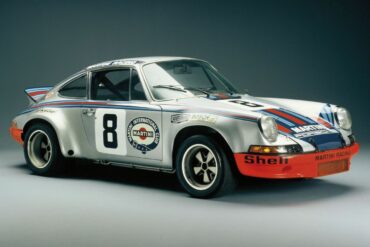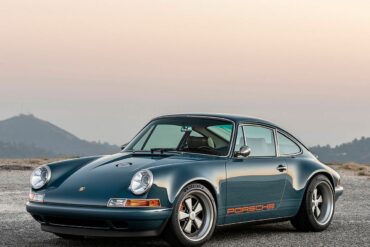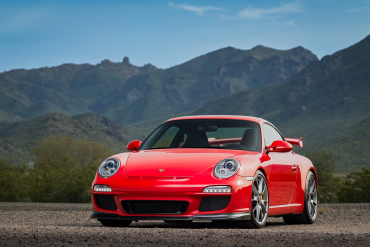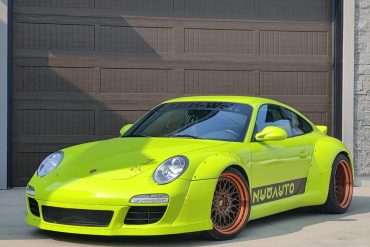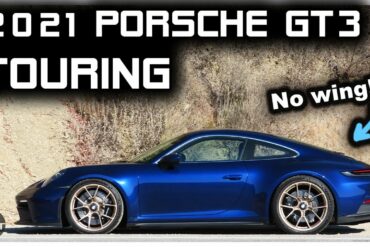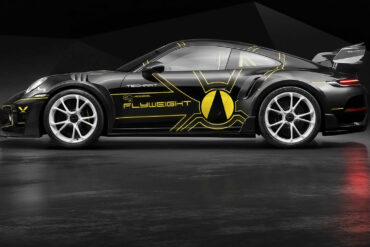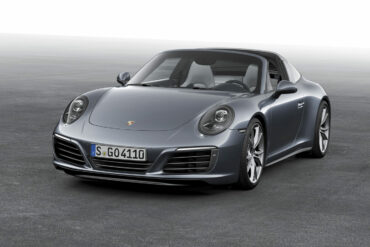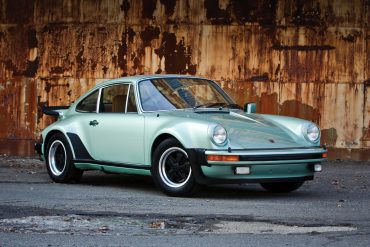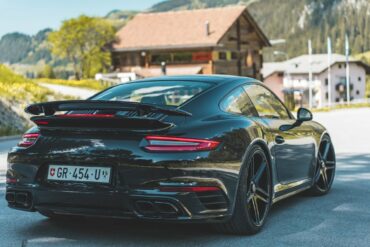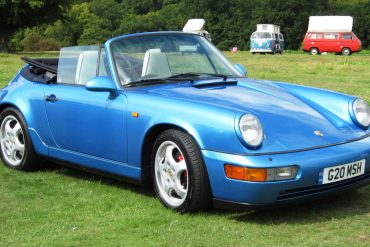Sporty, stylish, and a super-fast all-weather grand tourer is how would you like to best describe this 2015 Porsche 911...
Porsche 911
All
- Porsche 912
- 911 Carrera RS 2.7
- Porsche 901 (911)
- Porsche 911 (F-Series)
- Porsche 911 (991)
- Porsche 911 (G-Series)
- Porsche 911 (964)
- Porsche 911 (993)
- Porsche 911 (996)
- Porsche 911 (997)
- 911 Speedster Concept
- Porsche 911 (992)
- 964 Carrera 2
- 964 Carrera 4
- ’30 Jahre’ Anniversary
- 964 Speedster
- 964 Turbo
- 964 Carrera RS
- 964 Carrera Cup
- 964 RSR
- 993 Carrera
- 993 Carrera 4
- 911 Edition 50
- 993 Carrera 4S
- 911 2.0 Bertone Roadster
- 993 Carrera S
- 993 Targa
- 992 Sport Classic
- 993 Turbo
- 996 Carrera
- 993 Carrera RS
- 992 America Edition 911
- 996 Carrera 4
- 993 GT2
- 996 Targa
- 993 Carrera Cup
- 996 Carrera 4S
- 996 Turbo
- 996 Turbo S
- 996 GT3
- 996 GT3 RS
- 996 GT2
- 996 GT3 Cup
- 996 GT3 R
- 996 GT3 RSR
- 997 Carrera
- 996 GT3 RS Race
- 997 Carrera S
- 997 Carrera 4
- 997 Carrera 4S
- 997 Targa
- 911 Carrera 3.0 Coupe (G-Series)
- 997 Targa 4S
- 997 Turbo
- 997 Turbo S
- 997 GT2
- 992 Carrera T
- 997 GT2 RS
- 997 Speedster
- 997 Carrera GTS
- 992 Dakar
- 997 Carrera 4 GTS
- 997 GT3 Cup
- 997 GT3 R
- 997 GT3 RSR
- 997 GT3
- 997 GT3 RS
- 997 GT3 R Hybrid
- 991 Carrera
- 991 Carrera 4
- 991 Carrera S
- 991 Carrera 4S
- 991 Targa 4
- 991 Targa 4S
- 991 Turbo
- 991 Turbo S
- 991 Carrera GTS
- 991 Carrera 4 GTS
- 991 Targa 4 GTS
- 991 911 R
- Porsche 992 GT2 RS
- 991 GT3
- 991 GT3 RS
- 991 GT2 RS
- 991 Speedster
- 991 GT3 R
- 991 GT3 Cup
- 991 RSR
- 991 Carrera T
- 992 Carrera 2
- 992 Carrera 4
- 992 Carrera S
- 992 Carrera 4S
- 992 Targa 4
- 992 RSR
- 992 Targa 4S
- 992 Carrera GTS
- 992 Carrera 4 GTS
- 992 Targa 4 GTS
- 992 Turbo
- 992 GT3 R
- 992 Turbo S
- 992 GT3
- 992 GT3 Touring
- 992 911 S/T
- 911 (G-Series)
- 992 GT3 RS
- 992 GT2 RS
- 992 GT3 Cup
- 911 Carrera 3.0 (G-Series)
- 911 S (G-Series)
- 911 Carrera RSR 2.8
- 911 SC (G-Series)
- Porsche 992 GT3 R Rennsport
- 911 S/T
- 911 Carrera 3.2 (G-Series)
- 911 (Base Model)
- 911 Turbo (930)
- 911 SC Safari
- 911 L
- 911 Carrera RSR Turbo 2.1
- 911 T
- 911 Carrera RSR 3.0
- 911 E
- 911 S
- 911 SC San Remo
- 911 Carrera 3.2 Clubsport
- 911 R
- Porsche 953
- 911 Carrera RS 3.0
- 911 T/R
- 911 Carrera 25th Anniversary
- 911 SC RS
- 911 Turbo LE
- 911 Carrera Commemorative
- 911 Carrera 2.7 (G-Series)
- 911 3.2 Speedster
- 911 Turbo 2.7
- 964 Turbo S
The base model Porsche 911, along with the 2.7 Liter 911S and Carrera 2.7, was introduced for the 1974 model year with many significant changes to meet legislative requirements around the world for both impact safety and emissions. It was available in Coupe and Targa variants, sporting engine Type 911/92 with K-Jetronic fuel injection, rated at 150 hp. For the 1975, the base model was discontinued in North America. ROW got Coupe and Targa variants, featuring engine Type 911/41 rated at 150 hp.
Le Mans Classic Clubsport Restomod Paul Stephens is considered THE Porsche guy in the UK. Restoration and restomodding is his...
Earlier this morning, Porsche unveiled the first models of the new Type 992.2 911, the Carrera Cabriolet and Coupe, and...
The 997 GT2 RS Is the Fastest Stick-Shift Production Porsche Ever Chris Harris drives the all new 911 GT2....
The Porsche factory had 93 Turbo chassis left. These were all transferred to Porsche Exclusiv and hand built as the very special 964 Turbo 3.6 S. They were offered with normal, or ‘Flachbau’ slant nose front ends. While the vast majority of Turbo S’ were fitted with the ‘Flachbau’ nose as a no-cost option, the Turbo S could also be had with the traditional 964 nose as well. In all, 76 Flatnose cars were made while 17 non-Flatnose (known as Package option) cars were made. These cars were also fitted with the X88 option, which increased power to 380 hp. 75 flatnose units were produced.
Head to Head Mercedes-AMG GT C vs Porsche 911 Carrera T For the road, the GT C is the best...
964 911 Turbo Review Tiff is my favorite presenter.. You looks like a silly unassuming British man, then he gets...
The Story of the Porsche 911 – A Timeline Porsche Prepares To Evolve Beyond The 356 By the early 1960’s,...
Arguably the most extreme 911 to be build as a production car for the road and track. The most significant improvements made to the RS—over both the 992 GT3 and the previous-gen 991 GT3 RS—were applied to the aerodynamics and chassis departments of the car. The new 911 GT3 RS is even more optimized for track use than its predecessors. The spontaneously responsive, high-revving four-litre, six-cylinder boxer engine has proven ideal for use at track days and club sport events.
2023 Porsche 911 Carrera 4 Cabriolet (992) Technical Specifications Engine layout Rear Engine Engine type Boxer, twin-turbo Cylinders 6 Valves per...
1972 – 1973.5 Porsche 911 T Targa 2.4 (LWB) Technical Specifications Induction Normally-aspirated Cooling Air/oil-cooled Valvetrain Single overhead camshaft Injection...
The 996 series was a monumental update to the 911 story. The Type 996 introduced water-cooled engines and it also ushered in a new body design. The roof line with a windscreen which is around five degrees flatter gives the side view a more fluid look. Gone was the "classic" 911 design, the entire main body now much sleeker. The flat six in the Carrera 996 was a newly-developed flat-six engine that offered 300 hp. It was mated as standard with a six-speed manual. A 5-speed automatic (Tiptronic) with manual override to shift gears was on the options list. As always, the Carrera 2 was rear-wheel-drive.
This might just be the best Porsche drag race line-up of all time! We’ve got Mat lining up in his Porsche...
A short video preview of the new 2017 Porsche 911 Targa 4 GTS with all the basic information about this...
Vehicle Virgins just released a review on the manual Porsche 911 GT3 RS. Make sure to listen to the last...
2022 Porsche 911 Edition 50 Years Porsche Design (992) Technical Specifications Model Porsche 911 Edition 50 Years Porsche Design Design and cylinders...
Porsche 911 (991) (2004 – 2012) Story & History Type 991 – The 7th Generation Porsche 911 Porsche 911 991.1...
In Depth Review of the 992 Turbo S The 2021 Porsche 911 Turbo S (992) is the ultimate 911 —...
This 2023 Porsche 911 GT3 has been enhanced with the coveted Manthey Performance Kit, courtesy of Porsche Centre Gothenburg. It...
In a recent video shared by AutoTopNL on YouTube, we get to see a Porsche 991.2 Turbo S gets pushed...
For decades, Porsche has been renowned for its focus on performance in the automotive industry. One of its top models,...
This ‘Sooner’ 911 is based on a 1990 964 Carrera 2 and has undergone significant modifications to both its appearance...
…And the winner is… It’s time for another carwow drag race! This week, the all-electric Tesla Model 3 Performance is...
The 930 Turbo with its 3.0 L turbocharged flat 6 was the fastest production car in the world at the...
Top Gear pits two incredible Porsche machines against each other to see which comes out on top, the Porsche 911...
The 2019 Porsche 911 Speedster is the beneficiary of Stuttgart’s latest fixings, while also serving as a throwback to the Porsche 356...
Porsche Option Codes – Porsche 911 (2009 Model Year) GT3/Turbo/GT2, Coupé/Cabriolet Looking to decode your 2009 Porsche 911 option codes?...
Watch this Cobalt Blue Porsche 997 GT3 get the love and care it deserves as it is given some interior...
Autosport Designs takes the Porsche 911/964 RS N/GT Clubsport for a test drive. One of only 290 examples produced and...
2013 Porsche 911 Carrera 4S (991) Technical Specifications Engine Type Flat 6 Induction Normally-aspirated Cooling Water-cooled Valvetrain Four overhead camshafts, four...
2022 Porsche 911 Turbo Cabriolet (992) Technical Specifications Model 911 Turbo Cabriolet Engine layout Rear Engine Design and cylinders Twin-turbocharged...
The Porsche 911 Turbo S isn’t a slow car by any means, with 552 hp and a very nice 700...
There are three very interesting low-mileage Porsches currently on offer at Bring a Trailer: 2016 Porsche 911 GT3 RS, a...
Porsche Option Codes – Porsche 911 (2011 Model Year) Looking to decode your 2011 Porsche 911 option codes? Want to...
Porsche never fails to impress us when it comes to creating niches with their introduction of a new edition 911...
Twin-Test Review CAR magazine pitches the latest 2014 Ferrari 458 Speciale against the Porsche 911 GT3 (991). Watch our twin...
A Thorough Review of the 991.2 GT3 RS The 991.2 GT3 Rs comes with a power upgrade to the 911...
Porsche added the rear wheel drive Carrera 2 variant to the range in 1990. It was developed alongside the 964 Carrera 4, Porsche waited a year to release the Carrera 2 as a 1990 model year car. Like the Carrera 4, the Carrera 2 was available as a coupé, Targa or Cabriolet. Overall, the Carrera 2 packed almost the same technical specifications as the Carrera 4 model. The engine was the same 3.6 liter unit which produced 250 horsepower and a maximum speed of 162 mph. Looked like C4 but was 200 lb lighter and more fun to drive.
Available for purchase on PCARMARKET is a truly unique 2022 Porsche 911 GT3, specially ordered through Porsche’s Sonderwunsch program. This...
Awesome Acceleration & Top Speed Runs in a 992 4S Multiple top speed runs on the Autobahn by our favorite...
Chris Harris Drives The Ferrari 458 Italia & Porsche 911 GT3 RS Ferrari’s latest 562bhp V8 coupe has changed the...
Porsche Option Codes – Porsche 911 (1999 Model Year) Looking to decode your 1999 Porsche 911 option codes? Want to...
1995-1996 Porsche 911 Carrera RS 3.8 Clubsport (993) Technical Specifications Model Porsche 911 Carrera RS 3.8 (993) Model Years 1995...
Porsche 997 GTS Review Today, the 997 GTS is revered as one of the high water marks of the 911’s...
1972 – 1973 Porsche 911 S Coupe 2.4 (LWB) Technical Specifications Induction Normally-aspirated Cooling Air/oil-cooled Valvetrain Single overhead camshaft Injection...
Autocar Drives the New GT3 On Track This is the new 2021 Porsche 911 GT3. And it is different: bigger,...
An Original Owner Car The Porsche 911 Carrera 4S coupe is a much-loved car by so many folks, and if...
It is time to see if the Porsche 718 Cayman GT4 RS can finally go up against the 911 GT3....
Celebrating their 70th anniversary, Porsche unveiled the Type 991.2 Speedster concept at the 2018 Paris Motor Show, marking a significant...
Cheap Dream Daily Driver – The 996 Porsche 911 C4S All-wheel drive, all weather, all season, you buy a Subaru right?...
The Ultimate Match-Up – GT3 vs GT4 RS The Porsche Cayman GT4 has been one of the best sports cars...
Singer Vehicle Design – Naples Commission Today, we take a closer look at the Singer Vehicle Designs Naples Commission. This...
In 1966 the beefier 160hp 911S was introduced as the first variation of the 911. The "S" which stood for "Super" boasted performance upgrades and modifications that included larger valves, a higher compression ratio, better porting and larger carburetor jets. Along with the mechanical tweaks, the 911S also received chassis upgrades in the form of a rear anti-roll bar, Koni shocks, distinctive 5-spoke Fuchs alloy wheels and ventilated disc brakes on all four corners to replace the solid discs.
19Bozzy92, our favorite YouTuber, has caught an absolute stunner this time around, across two videos. The stunner in question is...
Mat Watson and racing driver Sam have embarked on an exciting journey, driving a Porsche 911 GT3 and a Porsche...
First Europe, then North America The 991.1 GTS was the second 911 offered as a GTS sub-brand. The first was...
Porsche 964 VIN Numbers Below is our detailed explanation of the 964 VIN codes. Our easy to use guide should help...
Alois Ruf, initially a Porsche tuner and modifier, achieved the status of automobile manufacturer in 1981 according to the German...
Sublime Or Sacrilege? ‘If you want to build something, build it how you want it.’...
2012 – 2015 Porsche 911 Carrera S Cabriolet Pictures & Gallery ...
More Horsepower? Yes Please The Porsche 911 GTS is an excellent car, one you might think could not be made...
This story covers the development of the Porsche 911 RS/RSR prototype in the middle of 1972. Surprisingly, the very first...
Porsche is back at it again with a new 911 GTS! With more power, keener suspension and changes to the...
With a legacy spanning over two decades, the TECHART GTstreet range epitomizes TECHART’s relentless pursuit of automotive perfection. Limited to...
One of the best value sports cars on the used market? We review the Porsche 911 Carrera 997.2 to determine...
2005 Porsche 911 Carrera Cabriolet (997) Technical Specifications Engine Type Flat 6 Induction Normally-aspirated Cooling Water-cooled Valvetrain Double overhead camshafts...
2006 Porsche 911 Carrera S Club Coupe (997) Technical Specifications Engine Type Flat 6 Induction Normally-aspirated Cooling Water-cooled Valvetrain Double...
Founded in Los Angeles in 2009, Singer is globally renowned for bespoke restorations of Porsche 911 sports cars. Based on...
Collecting Cars is currently offering a 2010 Porsche 911 (997.2) GT2 RS finished in black over black leather and Alcantara...
1976 – 1977 Porsche 911 Carrera 3.0 Technical Specifications Type 2+2 FHC Number of doors 2 Engine 3.0 L Aircooled...
Porsche officially unveiled the 991 GT2 RS at the 2017 Goodwood Festival of Speed. This model boasts a carbon-fiber reinforced...
2012 Porsche 911 Carrera 4S Cabriolet (997.2) Technical Specifications Engine Type Flat 6 Induction Normally-aspirated Cooling Water-cooled Valvetrain Double overhead camshafts Injection...
This 993-generation Porsche 911 Turbo S is the result when an unlimited budget accompanies extreme fantasy. There’s no other way...
The 991.2 Targa did get some mild design changes, but they are all inline with the rest of the 991.2 changes. Despite the mild styling revisions, it’s a dramatically different car in terms of its engine. The iconic and highly regarded naturally aspirated 3.4-litre flat-six engine has been ousted for a more environmentally friendly twin-turbocharged 3.0-litre. It keeps its all-wheel drive system and is still an all-weather 911. A sports car with all-wheel drive is the first choice for more than one in three Porsche 911 buyers. It is sporty and comfortable, the turbo engines more powerful and consume less, with the improved all-wheel drive.
Join Nick as he talks about the difference between a regular Porsche 911 992 GT3 and a GT3 Touring....
Tuned Porsche 997 Turbo S Review TUNED visits BBi Autosport in Huntington Beach, CA to drive their new Porsche 997...
2010 Porsche 911 GT3 RS (997.2) Technical Specifications Engine Type Flat 6 Induction Normally-aspirated Cooling Water-cooled Valvetrain Double overhead camshafts Injection...
Porsche Option Codes – Pre 1970 (356, 550, 904, 911, 912) Looking to decode your pre-1970 Porsche option codes? Want...
Porsche unveils a high-performance hybrid version of their iconic 911. This new GTS T-Hybrid prioritizes power over electric-only driving unlike...
Porsche 911 (997) Technical Specs & Performance Porsche 911 (997) Production Car Specs Looking at the tables above, the conclusion...
Delivering even more engine power, lower weight and shorter transmission ratios, as well as upgraded body and suspension components than...
Strap in as Christian Gebhardt from sport auto pushes a Porsche 911 (964) Carrera RS to its limits around the...
Porsche Targeting Production Car Lap Records Away From the ‘Ring While the Nürburgring unarguably remains the de facto proving grounds...
A Legendary Car “We’ve had Porsches in our family for decades…my father’s had a billion of them, I think,” says...
2009 Porsche 911 Turbo Cabriolet (997) Technical Specifications Engine Type Flat 6 Induction Twin-turbocharged Cooling Water-cooled Valvetrain Double overhead camshafts Injection...
The Porsche Mobil 1 Supercup features the Porsche 911 GT3 Cup, the world’s best-selling race car. For this season, it’s the new generation. 510 hp, optimised intake manifold, electronic gearshift and power steering, fully digital cockpit, larger rear wing, and a double-wishbone front axle. This is a meaningfully upgraded race car. The new 911 GT3 Cup is taking on a great legacy. And it has already proven itself!
Introduced in 1973, the RSR was a factory-built racing car based on the 911 chassis. The Porsche 911 Carrera RSR 2.8 was the first 911 to ever wear the RSR badge. Homologated for racing by the iconic 1973 Porsche 911 Carrera RS, the RSR’s racing career got off to the perfect start thanks to Brumos Racing’s overall triumph in the 1973 24 Hours of Daytona, while a factory car won the latest ever Targa Florio road race. For the privateer in the mid-1970s who wanted to go sports car racing this was the chosen weapon.
Singer Vehicle Design – Michigan Commission Today, we take a closer look at the Singer Vehicle Designs Michigan Commission. This...
Experience the thrill of driving with this stunning 2010 Porsche 911 GT3, powered by a 3.8-liter flat-six engine with a...
In September 2023, Akira Nakai of RAUH-Welt Begriff customized this 2009 Porsche 911 Carrera S coupe, one of three such...
All the Racecar Fizz, None of the Flash – One Take 2022 Porsche 911 GT3 Touring review! The new Porsche...
The ultimate bespoke 911? Since 1987, TECHART has been the international premium brand for the individualization and refinement of any...
2017 Porsche 911 Targa 4 (991.2) Technical Specifications Engine Engine layout Rear Engine Engine type Boxer, twin-turbo Cylinders 6 Valves per...
(1975 – 1977) Porsche 911 Turbo 3.0 Pictures & Gallery...
Tuned 911 Turbo S On the Road I am a big fan of the Cars With Luke channel and in...
1990 Porsche 911 Carrera 2 Cabriolet (964) Technical Specifications Engine Type Flat 6 Induction Normally-aspirated Cooling Air/oil-cooled Valvetrain Single overhead...


